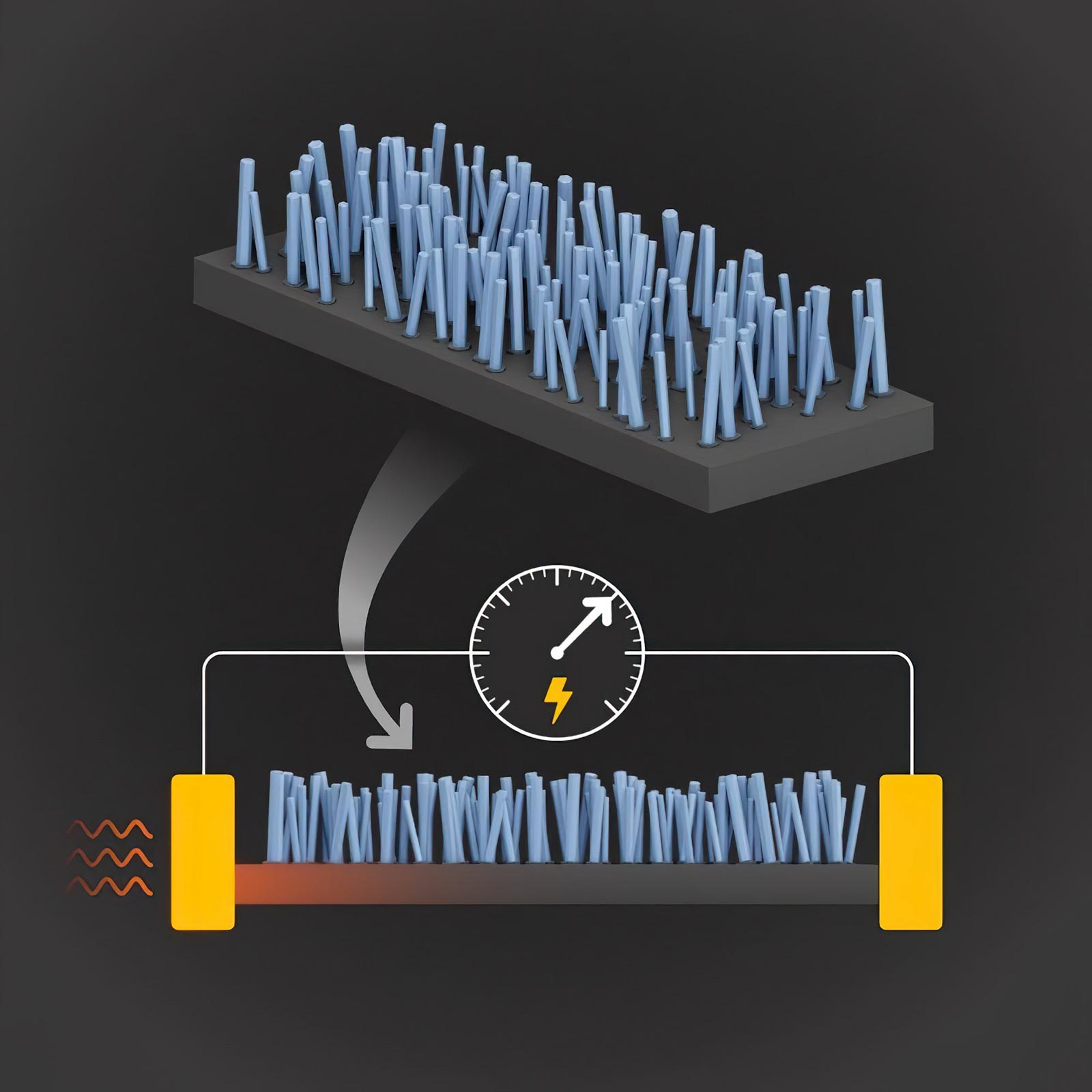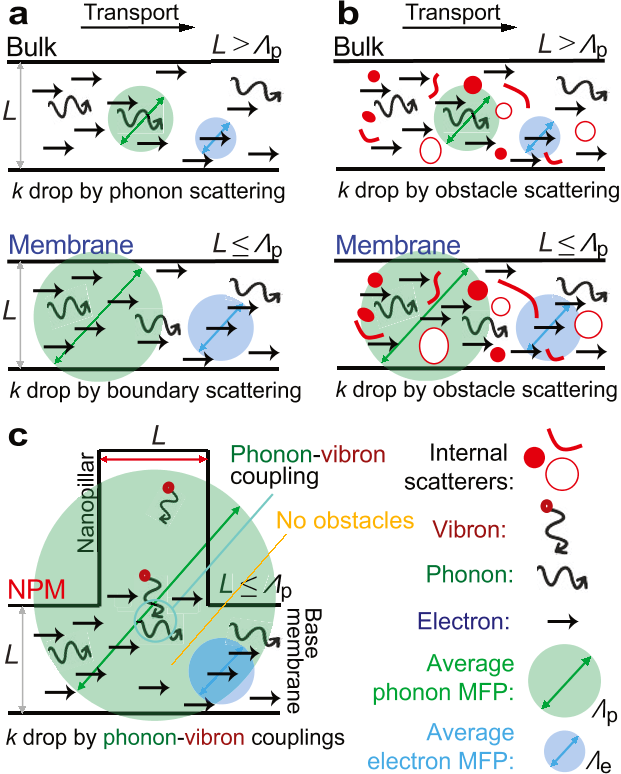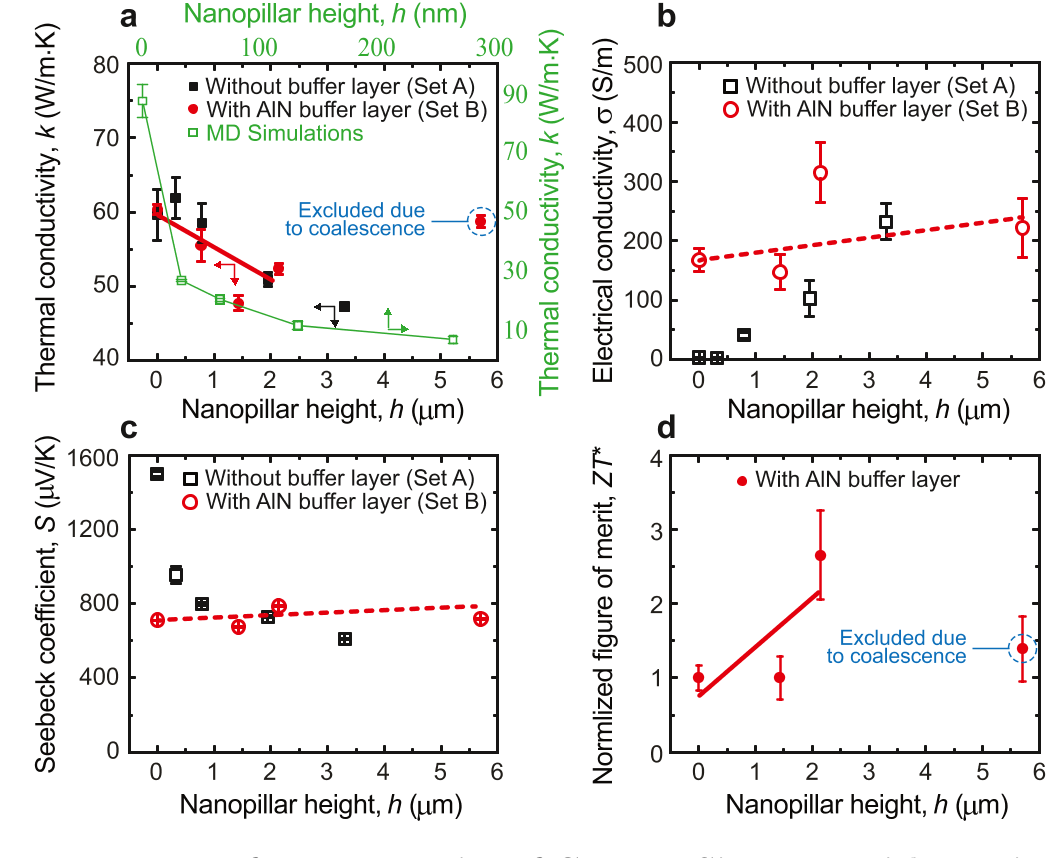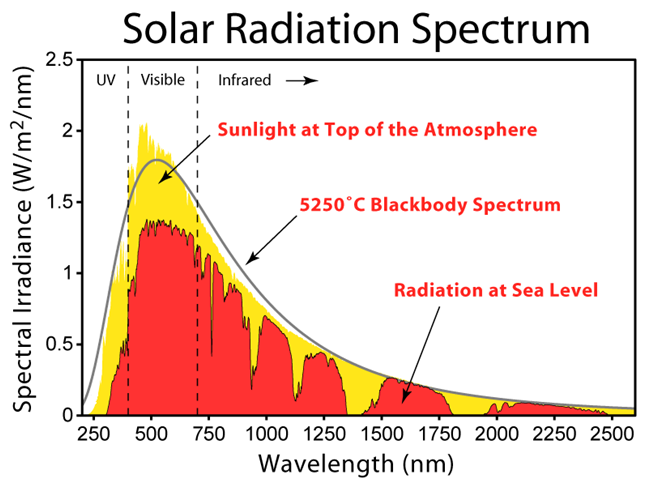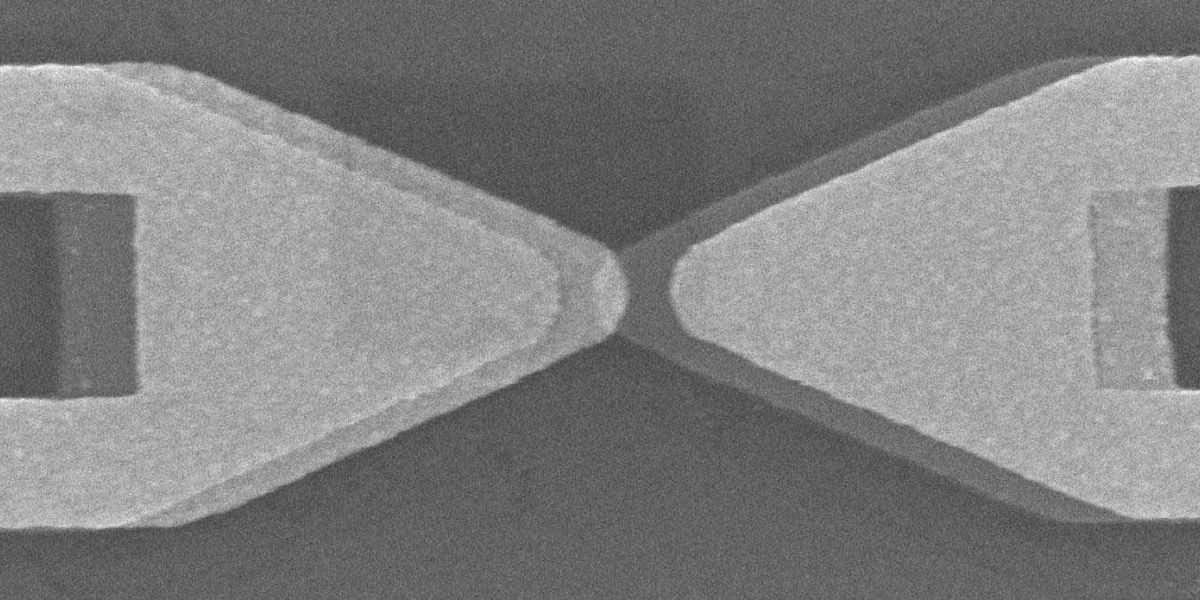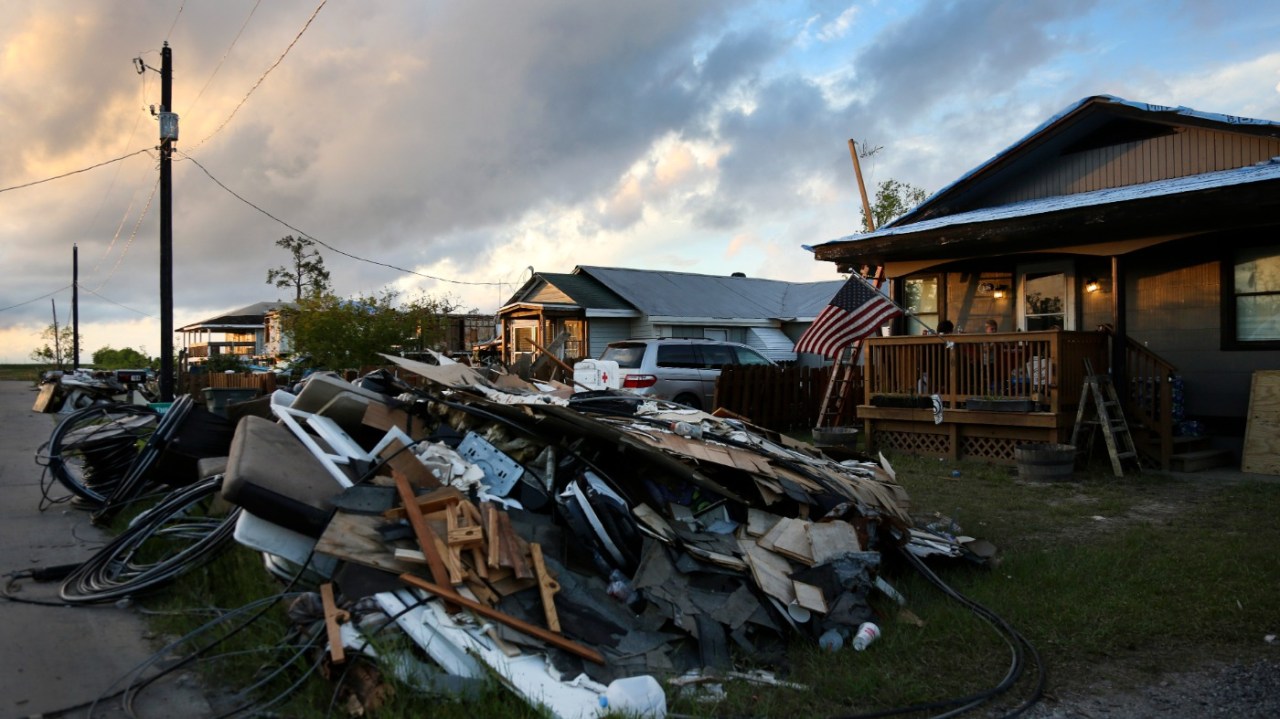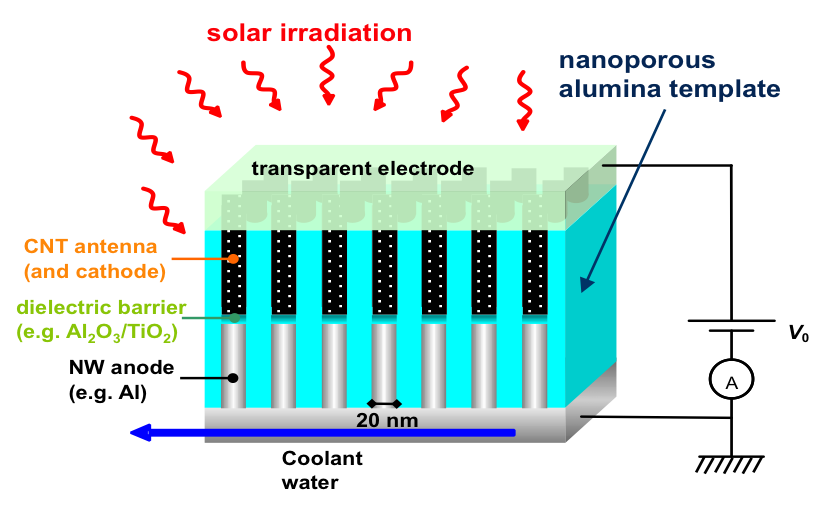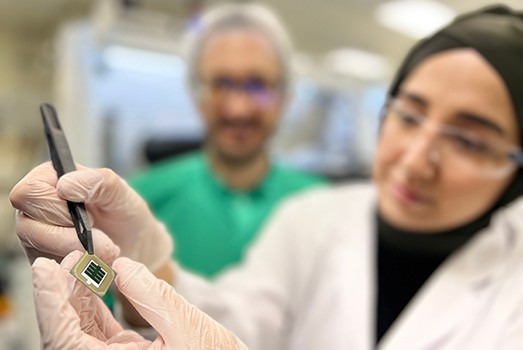Insurers are fleeing states due to climate realities, not ‘anti-woke’ bullies
A hostile
letter from a group of “anti-woke” U.S. state attorneys general is targeting major insurers that have signed up to the Net-Zero Insurance Alliance.
The alliance was created to help insurers as a sector think about climate risk and net-zero goals. It functions much like the U.S. Chamber of Commerce or the National Association for Manufacturers in America, with work on standards and goals. The alliance was not considered controversial until Republican activists decided anti-environmental, social and governance and anti-climate actions could potentially win votes and influence electoral outcomes.
On net-zero goals,
the May letter complains that: “The push to force insurance companies and their clients to rapidly reduce their emissions has led not only to increased insurance costs but also to high gas prices and higher costs for products and services across the board, resulting in record-breaking inflation and financial hardships for the residents of our states.” The letter goes on to attack the alliance’s net-zero targets, warning of possible antitrust action.
The attacks appear to be working.
The Net-Zero Insurance Alliance has begun to hemorrhage members, losing
almost 50 percent of its members in the last few weeks. Its chair, the French firm AXA, bailed. Other firms joined the exodus.
Tokio Marine Holdings Inc., Japan’s largest insurer, exited.
Lloyd’s of London jumped ship. Spain’s Mapfre leaped. As did Japan’s SOMPO. Munich Re also took to the lifeboats.
The alliance’s future looks bleak for the present.
Republican state attorneys generals have won — right?
Wrong.
What the insurers were doing in the alliance, exchanging views, considering pathways and net-zero measurements, has nothing to do with U.S. or European Union antitrust law.
The firms are responding to being bullied by exiting, but they will not change their crucial orientation toward net-zero goals. The travails in the alliance do not mean that these companies, which are profit-focused, risk-centric, mathematics and science-driven, will stop gauging climate risks and acting accordingly. These firms’ very existence requires careful assessment of climate risks, current and future.
Republican politicians cannot change the climate and related insurance risks, which the firms must factor into their business decisions. Threatening letters can only go so far.
All insurers and reinsurers across the globe are adjusting their models, canceling policies and exiting markets.
Take the
decision by State Farm, the largest insurer in California, not to write any new policies in the state. Why? Because catastrophic risks are rising too fast to insure them profitably. AIG has also
taken this same step. These and other risk-sensitive insurers understand that they must stop offering policies to ensure their firm’s profitability.
The alternative is bankruptcy.
Last year in Florida,
six insurers went bust and were unable to pay policy owners’ claims for repeated extreme weather disasters. A
seventh went belly up in 2023 after the latest Hurricane.
The situation is dire in Louisiana, too, where
eight insurers went bust last year.
If homeowners can get flood insurance at all, the costs are set to
just get higher and higher. Ultimately parts of the United States — Miami, the Florida Keys, New Orleans — will become uninsurable.
This is reality-based economics driving sensible commercial decisions. Bullying letters from lawyers cannot change these alarming weather facts and climate risks.
Republican attorneys general may have the Net-Zero Insurance Alliance in temporary disarray. But climate facts and hard-headed business decisions cannot be avoided.
California’s weather extremes will not get better, only worse.
Hurricanes that hit Florida, Louisiana, Texas and elsewhere
are today more severe than in the past. The costs borne by the insured and the uninsured will continue to mount.
As the oceans warm, and seal levels rise, costs leap.
Recent research estimates the cost at between $120 billion and $500 billion this century, depending on whether the green transition is optimal or not.
There is no prospect of that changing for the better. Hotter, windier, wetter, drier and more destructive summers are in our future.
For instance, a
new study forecasts that a possible multiday heat wave blackout in Phoenix could send half of the city to the emergency room. Thousands could die; the societal and economic costs of such a tragedy would be immense. This dire forecast echoes the horrific opening of the book
“The Ministry for the Future.”
State attorneys general, if they really care about their constituents’ futures and want to ensure better economic prospects and outcomes, should start suing the worst greenhouse gas polluters, the firms and actors making an increasingly bad situation worse. State attorneys general should be pursuing stringent net-zero goals in their states, not badgering insurers. They should be changing the local rules and regulations, toughening building standards, cutting local and city-level GHG emissions, changing incentives and punishing freeloaders and those who would risk a livable tomorrow for a fast buck today.
Will Republican state attorneys general shift focus and start addressing climate risks directly? Perhaps not today, but surely soon. Voters will demand as much as climate risks mount, overtaking the foolish pursuit of insurers who understand what a hot-house future looks like, and what must be done about it.
A hostile letter from a group of “anti-woke” U.S. state attorneys general is targeting major insurers that have signed up to the Net-Zero Insurance Alliance.

thehill.com
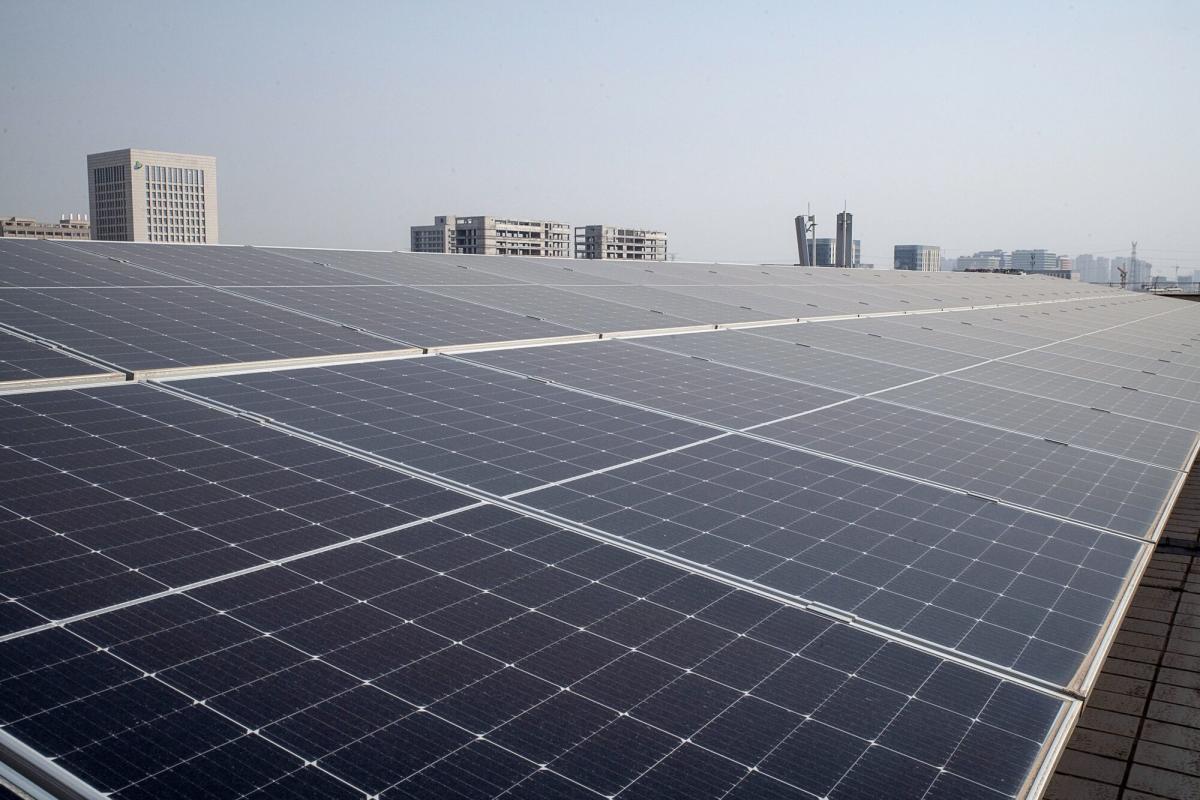
finance.yahoo.com

